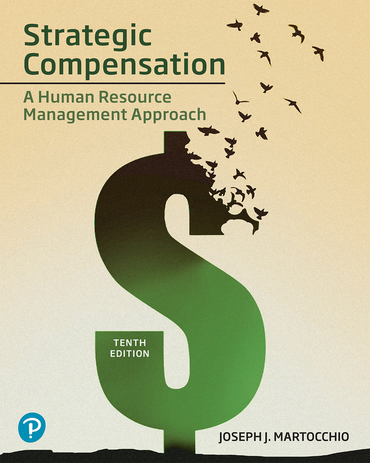Week 2 Project: Compensation Structure
Week 1 project: Compensation system for a healthcare services organization
Week 1 Discussion: Strategic Compensation
Week 2 Discussion: Types of Pay
Overview: Most government entities share their compensation structure publicly. They use a job classification plan where pay rates are based on compensable factors such as knowledge and skills similar to the federal government’s General Schedule (GS) system.
Prompt: In the 2-2 Case Study below is an example of a city’s waiting period within steps and published job structure. Use this data to answer the following questions:
- Using the schedule in the Job Classification Plan, calculate the number of years it would take an employee to advance from their starting position in Grade 4 (Step 1) to Step 4 if they demonstrate acceptable performance.
- Another employee asked what their salary would likely be after completing two additional years of service. This employee just entered their first year in Grade 4 (Step 2). If they were to demonstrate acceptable performance, what would their expected salary be after completing two additional years of service?
- All pay rates typically increase each year based on changes in the consumer price index. Calculate the salary for each step in Grade 7 based on an overall 3% increase.
Guidelines of submission: Your findings should be in a Word document 2 to 4 pages and may include a bulleted list or table.
Case Study:
Most government entities share their compensation structure publicly. They use a job classification plan where pay rates are based on compensable factors such as knowledge and skills similar to the federal government’s General Schedule (GS) system.
Jobs are grouped into seven classifications, ranging from Grade 1 through Grade 7. Over time, employees receive pay increases according to length of service (Steps 1–4), and progression through the steps assumes a minimum of acceptable performance.
Below is an example of a city’s waiting period within steps and published job structure:
| Waiting Period | Step 1 to 2: One year | Step 2 to 3: One year and six months | Step 3 to 4: Two years |
| Grade | Step 1 | Step 2 | Step 3 | Step 4 |
| 1 | 31200 | 32240 | 33280 | 34320 |
| 2 | 35360 | 36400 | 37440 | 38480 |
| 3 | 39520 | 40560 | 41600 | 42640 |
| 4 | 43680 | 44720 | 45760 | 46800 |
| 5 | 47840 | 48880 | 49920 | 50960 |
| 6 | 52000 | 53040 | 54080 | 54080 |
| 7 | 56160 | 57200 | 58240 | 59280 |
- Using the schedule above, calculate the number of years it would take an employee to advance from their starting position in Grade 4 (Step 1) to Step 4 if they demonstrate acceptable performance.
- Another employee asked what their salary would likely be after completing two additional years of service. This employee just entered their first year in Grade 4 (Step 2). If they were to demonstrate acceptable performance, what would their expected salary be after completing two additional years of service?
- All pay rates typically increase each year based on changes in the consumer price index. Calculate the salary for each step in Grade 7 based on an overall 3% increase.
Your findings should be in a Word document and may include a bulleted list or table.
References

Strategic Compensation: A Human Resource Management Approach, 10th edition
Human Resources Internet Guide
This guide provides access to many HR resources.

This professional association is dedicated to advancing the field of I/O psychology.
Is this question part of your Assignment?
We can help
Our aim is to help you get A+ grades on your Coursework.
We handle assignments in a multiplicity of subject areas including Admission Essays, General Essays, Case Studies, Coursework, Dissertations, Editing, Research Papers, and Research proposals
Header Button Label: Get Started NowGet Started Header Button Label: View writing samplesView writing samples